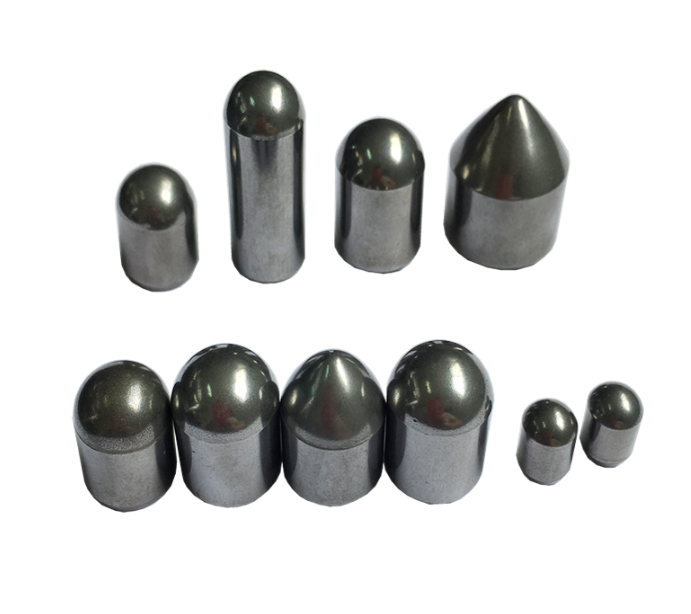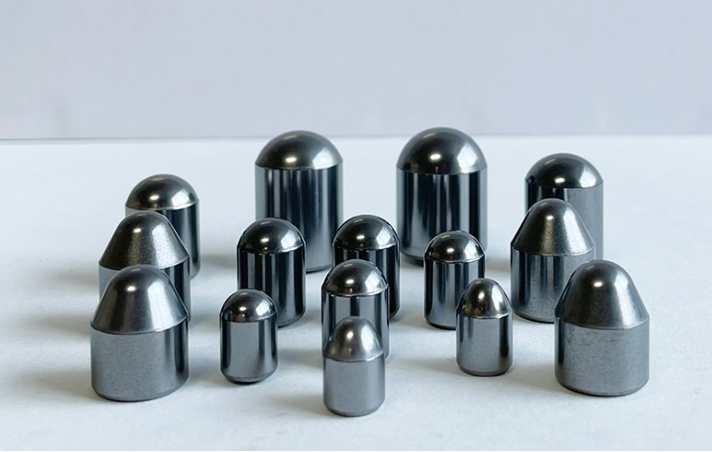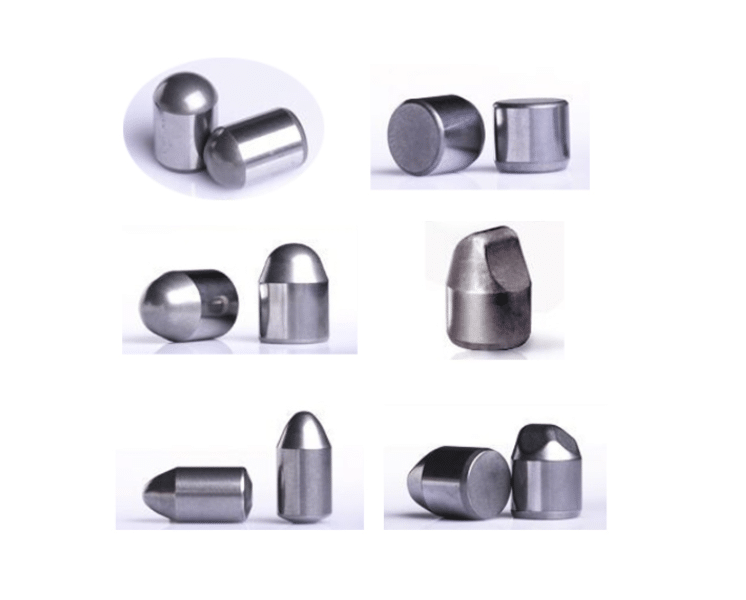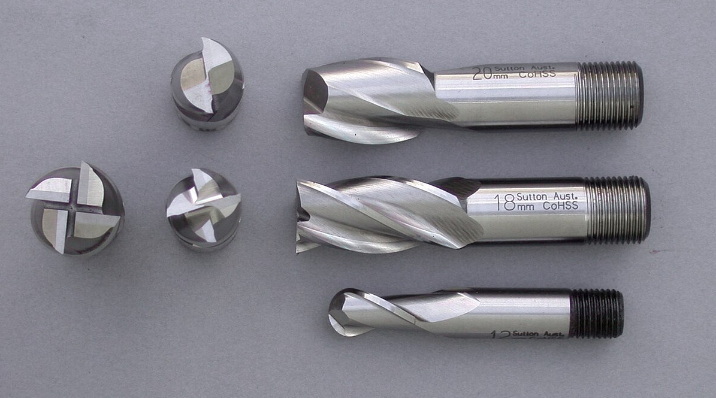Overview of Carbide Buttons
Carbide buttons are essential components in various industries, particularly in the field of drilling and mining. These tiny, robust, and highly durable components are made from tungsten carbide, a compound that boasts exceptional hardness and wear resistance. Carbide buttons are crucial in the efficiency and effectiveness of tools used for cutting, drilling, and machining.
In this comprehensive guide, we’ll delve into the specifics of carbide buttons, covering their types, applications, material properties, and how to choose the right ones for your needs. We’ll also compare various carbide buttons, discuss their advantages and limitations, and provide detailed tables to aid in your decision-making process. Let’s dive into the world of carbide buttons and explore their intricacies.

Types of Carbide Buttons
Understanding the different types of carbide buttons is vital to selecting the right one for your application. Below is a table that categorizes various carbide buttons based on their shapes and uses.
| Type of Carbide Button | Description |
|---|---|
| Conical | Ideal for drilling in hard rock formations, offering excellent penetration and resistance. |
| Spherical | Provides superior wear resistance and durability, suitable for tough drilling conditions. |
| Chisel | Designed for soft to medium-hard rock, offering good cutting efficiency. |
| Parabolic | Versatile use in various drilling conditions, balancing penetration and wear resistance. |
| Flat | Best for drilling in medium-hard formations, providing a balance between durability and cutting. |
| Semi-ballistic | Combines the features of conical and spherical buttons, offering versatility in drilling. |
| Multi-faced | Used for specialized drilling tasks, providing unique wear and performance characteristics. |
| Trapezoid | Designed for specific applications, offering tailored performance. |
| Domed | Offers excellent impact resistance and durability, used in demanding drilling environments. |
| Button Inserts | Versatile for different applications, providing tailored performance for specific needs. |
Applications of Carbide Buttons
Carbide buttons are used across a broad spectrum of applications, thanks to their exceptional properties. The table below outlines the common applications of these components.
| Application | Description |
|---|---|
| Mining | Used in mining drill bits for drilling through tough rock formations. |
| Construction | Essential in construction tools for breaking and cutting through concrete and asphalt. |
| Oil and Gas Exploration | Integral in drill bits for exploring and extracting oil and natural gas. |
| Tunneling | Used in tunnel boring machines for efficient rock cutting and boring. |
| Quarrying | Employed in stone quarrying tools for cutting and shaping stone. |
| Road Construction | Utilized in road milling machines for asphalt and concrete cutting. |
| Metal Cutting | Integral in machining tools for cutting and shaping metals. |
| Agriculture | Used in agricultural machinery for soil tilling and rock breaking. |
| Automotive | Utilized in automotive manufacturing for precision machining and cutting. |
| Aerospace | Employed in aerospace engineering for high-precision cutting and drilling. |
Material Properties of Carbide Buttons
Carbide buttons are renowned for their outstanding material properties. Here’s a table summarizing their key characteristics.
| Property | Description |
|---|---|
| Hardness | Exceptional hardness, typically ranging from 1400 to 1800 HV. |
| Wear Resistance | High wear resistance, extending the lifespan of tools. |
| Compressive Strength | Superior compressive strength, ensuring durability under extreme pressure. |
| Thermal Conductivity | Excellent thermal conductivity, allowing for efficient heat dissipation during use. |
| Corrosion Resistance | Resistant to corrosion, making them suitable for use in harsh environments. |
| Toughness | High toughness, reducing the risk of cracking or breaking under stress. |






Composition, Properties, and Characteristics
Carbide buttons are made from tungsten carbide powder and cobalt binder. The table below details their composition, properties, and characteristics.
| Component | Description |
|---|---|
| Tungsten Carbide (WC) | Primary material, providing exceptional hardness and wear resistance. |
| Cobalt (Co) | Binder material, offering toughness and enhancing the overall durability of the buttons. |
| Grain Size | Fine-grained structure, enhancing the hardness and wear resistance of the carbide buttons. |
| Density | High density, typically around 14.5-15.0 g/cm³, contributing to their strength and durability. |
| Hardness (HV) | Hardness value ranging from 1400 to 1800 HV, ensuring exceptional performance in tough conditions. |
Hardness, Strength, and Wear Resistance
The hardness, strength, and wear resistance of carbide buttons are critical for their performance. The following table highlights these properties.
| Metric | Value |
|---|---|
| Hardness (HV) | 1400-1800 HV |
| Compressive Strength | 4000-7000 MPa |
| Wear Resistance | High, suitable for abrasive environments |
Specifications, Sizes, Shapes, and Standards
Carbide buttons come in various specifications, sizes, shapes, and standards. Here’s a detailed table.
| Specification | Description |
|---|---|
| Size Range | Diameters typically range from 6mm to 25mm, with lengths varying based on application needs. |
| Shapes | Conical, spherical, chisel, parabolic, flat, semi-ballistic, multi-faced, trapezoid, domed. |
| Standards | Conform to ISO and ANSI standards, ensuring quality and consistency. |
Suppliers and Pricing Details
Knowing where to source carbide buttons and understanding their pricing is essential. Here’s a table with supplier information and pricing details.
| Supplier | Price Range (USD) | Description |
|---|---|---|
| ABC Carbide Co. | $10 – $50 per piece | Offers a wide range of carbide buttons for various applications. |
| XYZ Industrial Supplies | $12 – $45 per piece | Known for high-quality products and excellent customer service. |
| Global Carbide Solutions | $15 – $55 per piece | Provides customized carbide buttons to meet specific needs. |
| Premium Drilling Tools | $18 – $60 per piece | Specializes in drilling and mining tools, including carbide buttons. |
| Innovative Mining Supplies | $20 – $65 per piece | Offers a comprehensive range of carbide buttons and related products. |
Selecting the Right Carbide Buttons
Choosing the right carbide buttons can be daunting. Here’s a table to guide you through the selection process based on different criteria.
| Criterion | Considerations |
|---|---|
| Application | Match the carbide button type to the specific application (e.g., drilling, cutting). |
| Material Hardness | Ensure the hardness of the carbide button matches the material you’re working with. |
| Wear Resistance | Consider the wear resistance required for your application. |
| Shape and Size | Select the appropriate shape and size based on the tool and application. |
| Supplier Reputation | Choose reputable suppliers known for quality and reliability. |
| Budget | Balance cost with the quality and performance of the carbide buttons. |
Advantages and Limitations of Carbide Buttons
Carbide buttons offer numerous advantages, but they also have some limitations. Here’s a comparison table.
| Aspect | Advantages | Limitations |
|---|---|---|
| Hardness | Exceptional hardness, making them suitable for tough materials. | Can be brittle under extreme stress. |
| Wear Resistance | High wear resistance, extending the lifespan of tools. | Higher initial cost compared to some other materials. |
| Durability | Long-lasting performance in demanding applications. | Requires specific conditions for optimal performance. |
| Versatility | Suitable for a wide range of applications. | May require specialized handling and usage techniques. |

FAQ
| Question | Answer |
|---|---|
| What are carbide buttons used for? | Carbide buttons are used in drilling, mining, construction, and other applications requiring hard, wear-resistant tools. |
| How are carbide buttons made? | They are made from tungsten carbide powder and a cobalt binder, pressed and sintered to form hard, durable components. |
| What makes carbide buttons so hard? | The tungsten carbide material provides exceptional hardness, making them suitable for cutting and drilling tough materials. |
| Can carbide buttons be customized? | Yes, many suppliers offer customization to meet specific application needs. |
| How do I choose the right carbide button? | Consider the application, material hardness, wear resistance, shape, size, supplier reputation, and budget. |
| Are carbide buttons expensive? | They can be more expensive initially but offer long-term cost savings due to their durability and extended lifespan. |
| What is the lifespan of a carbide button? | The lifespan varies based on application and usage conditions but generally lasts longer than other materials. |
| Can carbide buttons be recycled? | Yes, tungsten carbide can be recycled, making it an environmentally friendly option. |




